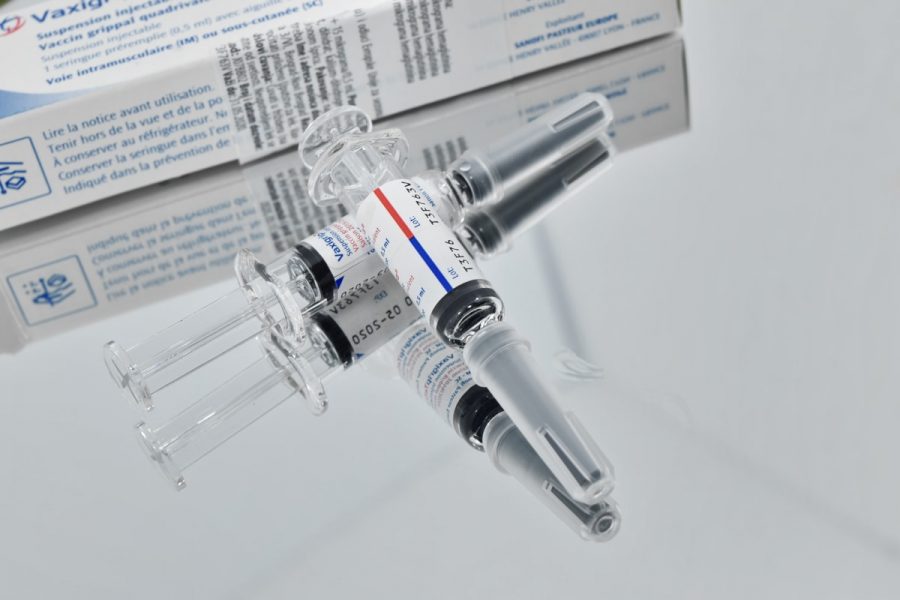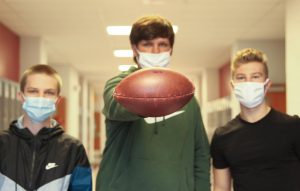COVID-19 Vaccine Breakthroughs Signal Change In Course Of Pandemic
Pfizer vaccine approved in U.K; Moderna vaccine maintains 94.1% efficacy
With new progress being made daily, there is a high likelihood that COVID-19 vaccines will be distributed in the U.S by the end of 2020.
December 4, 2020
UPDATE: As of Friday, 12/11/20, the FDA has authorized the Pfizer vaccine for emergency issue.
The COVID-19 vaccines from Pfizer and BioNTech and Moderna are currently awaiting approval from the FDA, a massive breakthrough that could change the course of the pandemic. Read below for more information regarding each vaccine, as well as the government’s plan to distribute them if approved.
Pfizer and BioNTech
On Dec. 2, the U.K’s health regulatory agency authorized the Pfizer and BioNTech vaccine for emergency distribution. It is the first fully-tested COVID-19 vaccine in the world to be approved by any nation.
Pfizer, a long-standing company that develops vaccines and medicines, teamed with BioNTech, an immunotherapy company, to develop their vaccine. The vaccine has a 95% efficacy rate— meaning that it was effective in clinical trials 95% of the time, and was tested in approximately 150 clinical trial sites across six nations. According to Pfizer, this rate “was consistent across age, gender, race and ethnicity demographics.”
As of right now, Pfizer and BioNTech project that they could supply 50 million vaccines worldwide by the end of 2020, and near 1.3 billion by the end of 2021. On Nov. 20, they announced that they would submit a request for emergency distribution to the U.S government.
Moderna
Modera, a biotechnology company focused on treating rare and serious diseases, filed a request for emergency distribution for their vaccine with the FDA on Nov. 30.
They report a 94.1% efficacy rate overall, but a 100% efficacy rate against severe cases of COVID-19. Out of 196 positive cases in one trial, 185 were observed in the placebo group (those without the vaccine), while only 11 cases were observed in the vaccinated group.
Moderna plans to have 20 million vaccines available in the U.S by the end of 2020, and between 500 million and 1 billion distributed across the world by the end of 2021.
Government Plan for Distribution
Once the FDA approves a COVID-19 vaccine and it is recommended by the Advisory Committee on Immunization Practices of the CDC, the vaccine will be distributed to private and public healthcare facilities.
Distribution is set up in different phases that determine who will get the vaccines first. For the vaccination program’s initial phase, healthcare personnel and residents of long-term care facilities will be prioritized. In phase 1b, essential workers will get the vaccine; in phase 1c, adults with high-risk medical conditions and those over 65 will get the vaccine. The vaccine will be distributed to different locations based on previous pandemic planning.
The U.S Department of Health and Human Services has four main points to their strategy, named “Operation Warp Speed.” Paraphrased, these are to:
- Engage with leaders and the public to make sure they are as educated on the vaccination process as possible.
- Distribute the vaccines immediately once approved by the FDA in a phased allocation process.
- Make sure the vaccine is administered safely.
- Monitor the vaccination process via a specialized IT program.
As time goes on, the vaccine will be administered to more groups of people based on need, until it is eventually available to anyone who wants it.
More information and resources:













